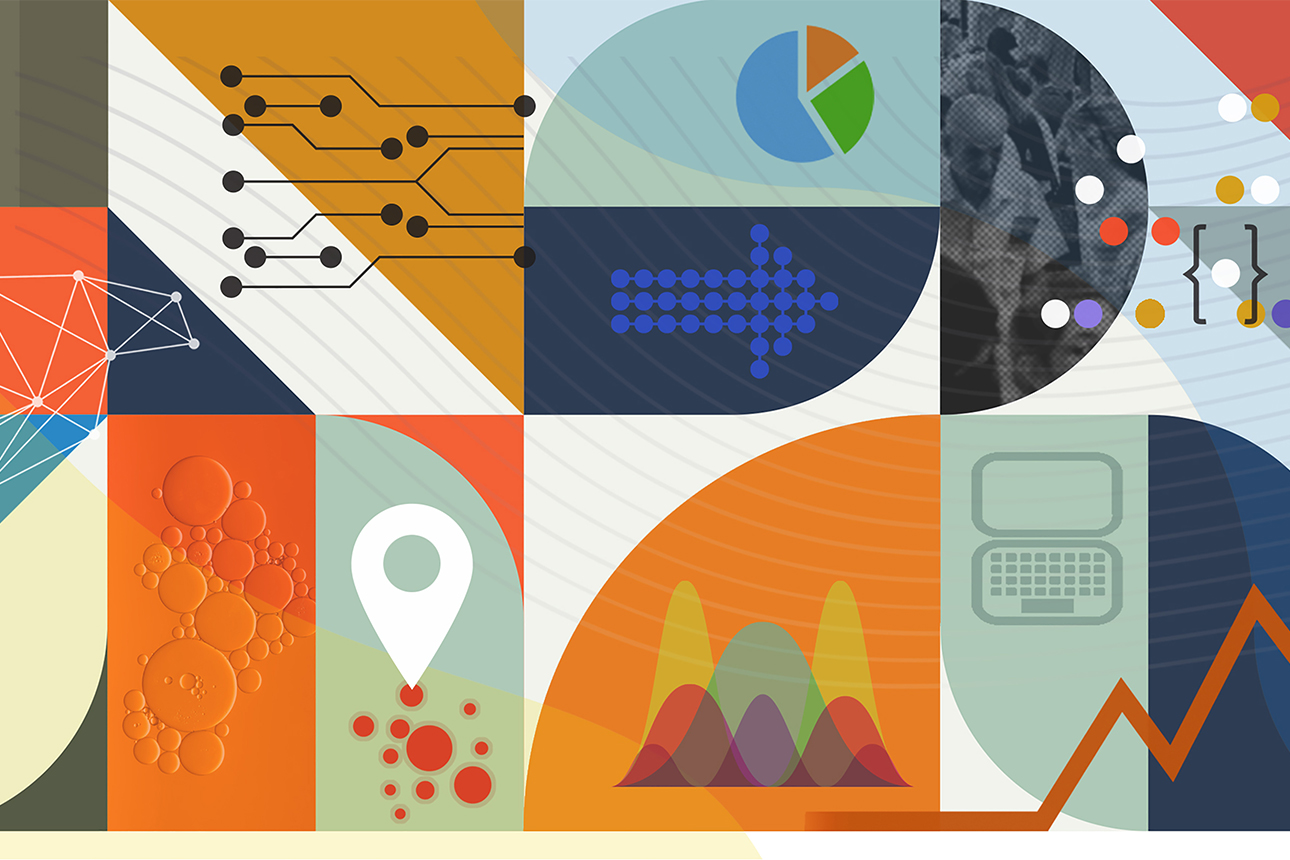AI Can Change How You Measure — and How You Manage
Data-driven leaders are using AI to surface new key performance indicators and increase alignment.

Gordon Studer/theispot.com
With apologies to Peter Drucker, it is no longer simply what you measure that determines what you manage. It’s how you discover what to measure that determines how you manage. In industry after industry, we see innovative measurement systems leading to innovative metrics and new organizational behaviors that drive superior outcomes. More organizations are recognizing that benchmarking and executive expertise don’t always determine the best key performance indicators (KPIs). These data-driven companies employ predictive analytics such as machine learning, along with leadership acumen, to identify and refine key strategic measures. More finely tuned measures lead to better alignment of behaviors with strategic objectives.
Increasingly, business leaders are asking their teams: Do our metrics fully capture what drives value creation in our business? How can we use technology to improve our system of measurement — that is, how we create, assess, and use our metrics — to better discern these drivers and identify better KPIs? They are rethinking their approaches to measuring success, to developing metrics, and building organizational alignment.
In the technology sector, for example, losing talent can constrain growth, and, conversely, retaining talent can enable growth. Identifying and addressing attrition risks is therefore a strategic matter.
For most of its long history, IBM relied on management intuition and HR data to assess attrition risks — until Diane Gherson, IBM’s chief human resources officer at the time, recognized that predictive analytics could do a better job of supporting the company’s retention efforts by helping managers focus on the talent the company needed most. Under her guidance, IBM created a machine learning algorithm that can better assess which employees are preparing to leave the organization and offer recommendations to managers about what to do to keep them.
References (11)
1. D. Kiron and B. Spindel, “Rebooting Work for a Digital Era,” MIT Sloan Management Review, Feb. 19, 2019, https://sloanreview.mit.edu.
2. S. Ransbotham, F. Candelon, D. Kiron, et al., “The Cultural Benefits of Artificial Intelligence in the Enterprise,” MIT Sloan Management Review and Boston Consulting Group, Nov. 2, 2021, https://sloanreview.mit.edu.





Comment (1)
Arindam Ghosh